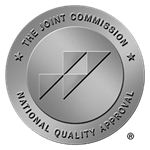Typology: Archetypal Insight and Interpersonal Understanding
Opening the Darkened Caverns
In Integrity In Depth, Jungian Analyst and Typology Specialist John Beebe suggests that therapy engages typological functions of both the therapist and the patient. When we use typology and work with the 8 functions to understand ourselves and our patients, we open the darkened caverns of inferior and unconscious functions. These serve to strengthen ones understanding and insight into the process of individuation and psychological awareness. I add that engaging typological considerations offers opportunity to pause and see through interpersonal exchanges whereby we may better see bias values and perception to an ultimately superior degree of insight. Typology opens the doors to self and other inviting us to see our bias and constellating archetypal patterns.
The 8-Function Model
Let’s take a look at the 8-function model introduced by John Beebe for further insight. What we are dealing with here is the auxiliary functions. That is, Fi (introverted feeling), Fe (extraverted feeling), Ti (introverted thinking), Te (extraverted thinking), Ni (introverted intuition), Ne (extraverted intuition), Si (introverted sensing), and Se (extraverted sensing). According to Beebe, the auxiliary function refers to the second position. This function is associated with the archetype of the good parent. What this means is that mothering and fathering, of self and others reflects what function one has in this position. Without a doubt, therapy engages parenting functions because of the supportive and change provoking nature of the work.
A Way of Perceiving
Typology is a way of understanding and engaging with different temperaments and functions. However, as Jung made clear, it is not an exact science. Nor is it a method for describing a human being in totality. Typology is a way in, a way of perceiving. In conjunction with John Beebe’s 8-function model, typology provides also a conscious way of navigating the lesser functions of ones own type and the types our patients present with. Not only is typology a way of understanding, it is also a way of navigating.
Engaging With the World
Utilizing a typological framework offers tremendous room for growth in archetypal insight and interpersonal understanding. If, with Jung we look through the functions and attend to the unique values of the differences in type there is great potential to evolve in our therapeutic relationships. If you’ve not yet done so, I would suggest taking one of the various free personality-type tests. They are readily available on the web. (Here is one of many.) Then read up on common traits of your particular type. Is it accurate? What are some of the strengths and weaknesses of your type? How can you use this information to better engage with the world?











